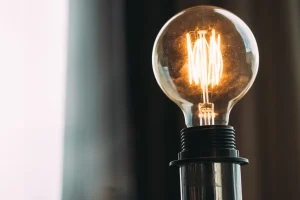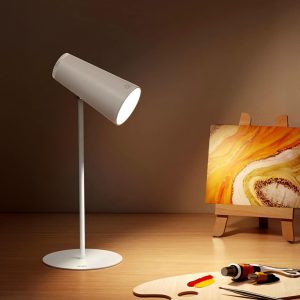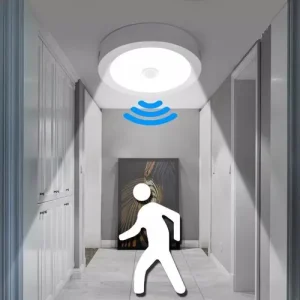Fluorescent Lights: What They Are, How They Work, Applications, and Safe Usage

1. What Is a Fluorescent Light?
A fluorescent light is a type of lighting device that uses fluorescence to produce visible light. It is widely used for its energy efficiency and long lifespan compared to traditional incandescent bulbs.
Types of Fluorescent Lights:
- Tube Fluorescent Lights: Long, cylindrical tubes commonly used in offices and commercial spaces.
- Compact Fluorescent Lamps (CFLs): Smaller, energy-saving alternatives to incandescent bulbs.
- Circline Fluorescent Lights: Circular tube lights used in specialized fixtures.
- Black Light Fluorescent Lamps: Emit ultraviolet (UV) light for entertainment and scientific purposes.
Common Uses of Fluorescent Lights:
- Providing bright illumination in homes, offices, and schools.
- Reducing energy consumption compared to incandescent lighting.
- Enhancing visibility in industrial and commercial settings.
- Used in laboratories for UV-sensitive applications.
2. How Do Fluorescent Lights Work?
Fluorescent lights operate using a gas-discharge mechanism that converts electrical energy into visible light. Unlike incandescent bulbs, which produce light by heating a filament, fluorescent lamps use a different process.
Main Components of a Fluorescent Light:
- Glass Tube: Contains a mixture of low-pressure mercury vapor and inert gases.
- Electrodes: Emit electrons to ionize the gas inside the tube.
- Phosphor Coating: Converts ultraviolet (UV) light into visible light.
- Ballast: Regulates current flow and provides the necessary voltage for operation.
- Starter (in older models): Helps initiate the ionization process.
How It Works:
- When switched on, the ballast provides a high voltage to ionize the gas inside the tube.
- The ionized gas emits ultraviolet (UV) light, which is invisible to the human eye.
- The phosphor coating inside the tube absorbs the UV light and re-emits it as visible light.
- The ballast regulates the current to ensure stable operation.
3. Where Are Fluorescent Lights Used?
Fluorescent lighting is versatile and widely applied in various environments:
Household Uses:
- Kitchen and bathroom lighting.
- Energy-efficient replacements for traditional bulbs.
- Garage and basement illumination.
Commercial and Industrial Uses:
- Offices and conference rooms for bright, uniform lighting.
- Warehouses and manufacturing plants for enhanced visibility.
- Schools and hospitals for cost-effective illumination.
Other Applications:
- Supermarkets and retail stores for product display lighting.
- Specialized laboratories for UV light applications.
- Public spaces such as train stations and airports.
4. How to Use Fluorescent Lights Safely
Proper handling and usage of fluorescent lights ensure efficiency and safety. Here are some essential safety guidelines:
Safety Tips for Using Fluorescent Lights:
- Install correctly: Ensure the light fixture is compatible with fluorescent bulbs.
- Avoid frequent switching on/off: Reduces wear and extends lifespan.
- Handle with care: The glass tube is fragile and contains mercury vapor.
- Dispose of properly: Recycle used bulbs at designated facilities to prevent environmental hazards.
- Replace faulty ballasts: A malfunctioning ballast can cause flickering and inefficiency.
- Use in well-ventilated areas: In case of breakage, ventilate the space to disperse mercury vapor.
By following these precautions, you can maximize the benefits of fluorescent lighting while minimizing risks.
Conclusion
Fluorescent lights are a cost-effective and energy-efficient solution for various lighting needs. Understanding their working principles, applications, and safety measures ensures optimal performance and longevity. Whether for homes, offices, or industrial use, fluorescent lighting remains a practical choice for bright and efficient illumination.







